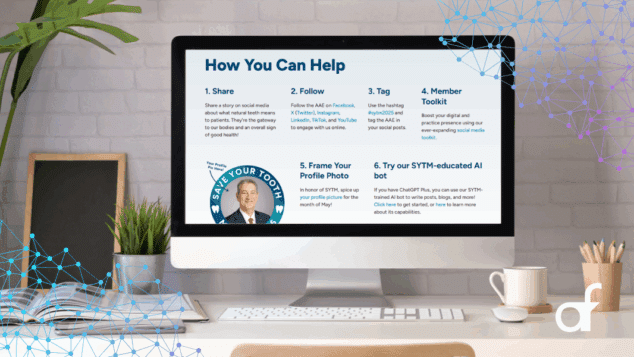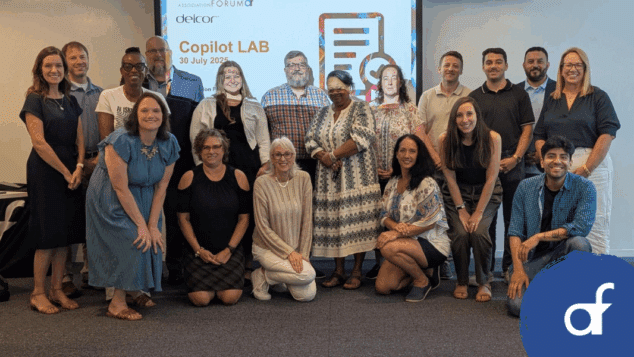Learning to Learn: Improving Technology Literacy

Thanksgiving is here—when did that happen? As always, with fall comes thoughts of back-to-school and learning new things. So in that spirit, we’d like to offer some advice on enhancing your productivity through technology. Instead of supplying a mere list of shortcuts—there are plenty out there already—we encourage you to learn how to learn about boosting your tech prowess. This knowledge opens doors to increased efficiency and effectiveness.
As cliché as it sounds, the office workspace has undergone substantial changes in recent years. The pandemic forced most organizations to adjust how they work, where they work, platforms used, and team collaboration strategies—all while adapting products to meet the evolving demands.
As a result, many find themselves more reliant on technology than before, as business these days depends heavily on effective tech utilization. It can be difficult to know the ins and outs of the platforms used daily to complete our tasks. This challenge is exacerbated by the myriad of frequent updates introducing minor changes. Whether you struggle with the available tools or productivity, we have some pointers that may help you.
Cultivating a Growth Mindset In Technological Literacy
For many of us, it’s easy to feel overwhelmed by the vastness of the technology we interact with daily. There are too many devices, too many applications, too many functions, and too many buttons (or sometimes not enough buttons!). Not only can these obstacles impede productivity, but they can also force us into clunky workflow processes that limit our effectiveness and creativity.
It can feel incredibly rewarding and empowering to learn about a feature or button that’s been right under our nose or to realize the application you use does have that feature, and you just didn’t know it. That’s why it’s important to have a growth mindset in technological literacy.
Having a growth mindset means shifting from “I don’t know how to do that” to “I don’t know how to do that, yet.” If you find yourself confused, research it! If pressed for time, write a quick note for yourself to research later. You’ll appreciate your expanding skillset, and your colleagues will appreciate it too, as they may also benefit from your newfound knowledge.
That said, rely on notes as much as you need! You can remind yourself to look up how to do something while also leaving yourself a little note detailing the instructions if you ever need to refresh your memory. Notes can be as simple as a video link, a valuable resource, or a step-by-step tip you wrote for yourself. Save those notes in a separate notebook or tab to avoid confusion with other work materials. You’ll have your own personal library full of tips and tricks and will be on your way to greater technological literacy in no time.
Tip: Kevin Stratvert is an excellent resource for quick how-tos and easy-to-follow video tutorials.
TechnologyLiteracy as a Collective Organizational Effort
If you think there’s organizational buy-in, consider a space for colleagues to ask questions and share knowledge about the technology your organization uses. At DelCor, we use a Microsoft Teams channel for such exchanges. Having a channel like this can really elevate your organization and make technological literacy more accessible for your colleagues.
Make Technology Work for You
It takes time and effort to learn how to use the tools available to us in the modern workplace. And because of that, it can sometimes feel restricting on our ability to be productive—after all, who has time these days? But a little investment will yield substantial long-term benefits in convenience and time. Start to view of technology as a productivity enhancer rather than a barrier to overcome.
There are many ways you can increase productivity. For example, users of Microsoft OneNote can access several features to make notes more useful. You can categorize your notes into color-coded sections and tag sections to identify important information. Those tags are helpful because you can search through individual tags to see all of the different to-dos or reminders across all your pages of notes in one simple panel. Integrating Outlook with OneNote simplifies meeting note-taking and task reminders. So while it may be daunting to learn about different application features, it’s well worth the investment.
Technological Literacy is Part of Everyone’s Professional Development
Everyone, regardless of their role, needs to navigate modern workplace tools effectively. But it’s important to make sure you and your colleagues feel empowered by it rather than encumbered.
If you adopt a growth mindset in improving tech literacy, you can strategize the learning so it doesn’t feel so intimidating. Make tech literacy something your whole organization develops together—share the knowledge. Take small increments of time to note any questions or confusion you have about the functions of your applications and either look them up later or ask your colleagues on a separate channel specifically dedicated to technology literacy.
Make sure your organization has the right mindset to grow and evolve. Be proactive and nourish a positive culture surrounding technology. In time, you’ll see big improvements in how efficiently you and your staff operate.
Tags
Related Articles
Turning AI Into Member Value
How AAE’s Save Your Tooth Month GPT became a personalized marketing assistant for members
The Power of Taking the AI Journey Together
Forum’s first Microsoft Copilot Lab brought together 20 professionals to explore how smart adoption of...
Content governance: Setting up your content for success
Why and how to create smart, sustainable systems and processes for all the content your...




